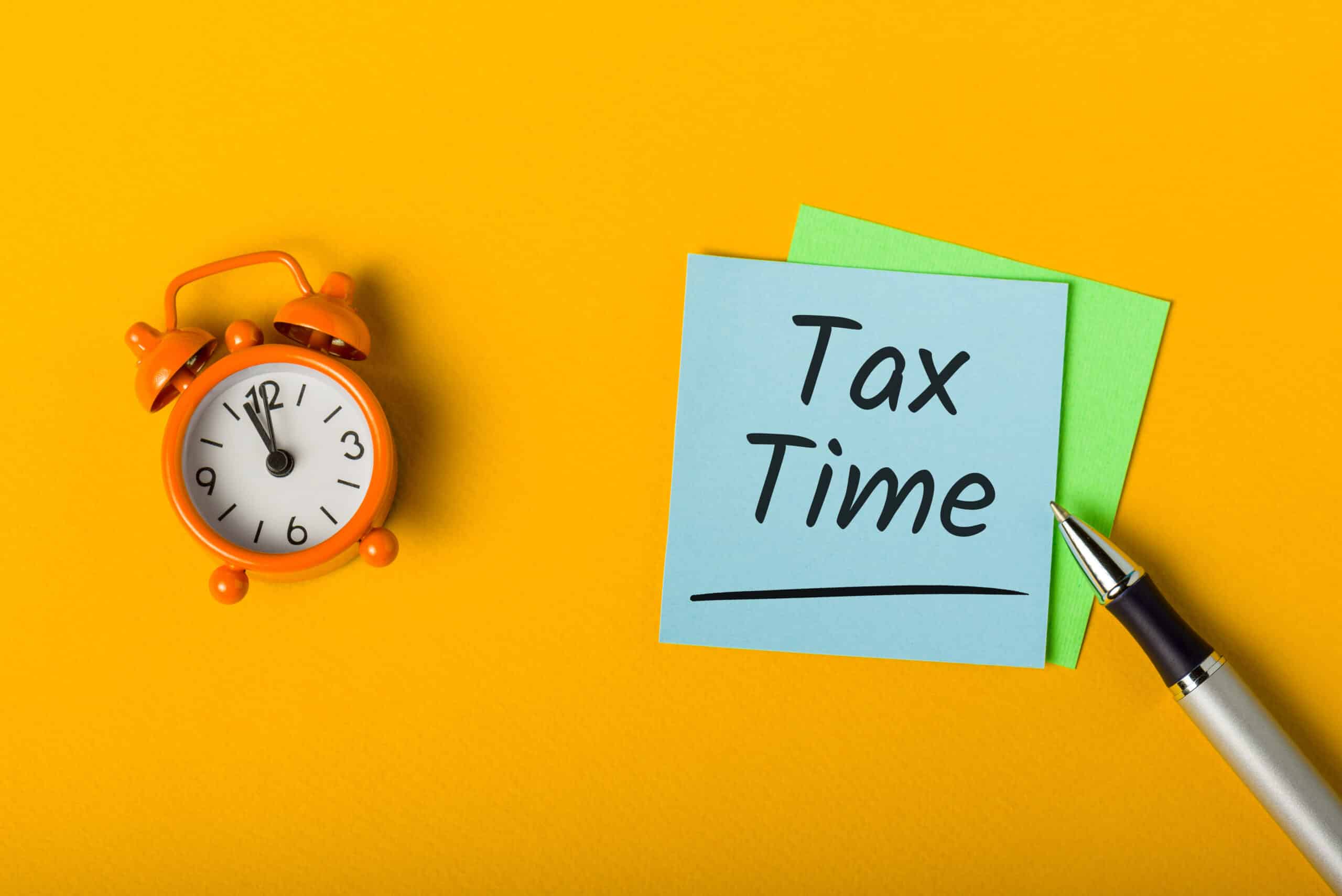July 5, 2019

Taking out student loans for the first time can be overwhelming, especially when you receive loads of advice from every direction about interest rates, lenders, and loan terms. We can help you break down interest rates quickly so that you can get back to enjoying your last summer before college.
What is an Interest Rate?
When you take out any kind of student loan, there are certain conditions attached. One of those conditions is interest. Interest is the amount of money you pay to the lender in exchange for taking out a loan. It is usually expressed as a percentage, like a sales tax. What this means is that each month, in addition to the amount of money you’re paying back on your student loan, a little extra will be tacked on as interest. The lower your interest rate, the less extra money you’ll have to pay on top of your monthly payment.
How is my Interest Rate determined?
The interest rates for federal student loans, such as subsidized direct loans and unsubsidized direct loans, is typically the same for everybody. Each year the interest rates on federal student loans are set and based on the Ten-year Treasury Note. These two types of federal loans do not take factors like credit score into consideration.
However, interest rates for private student loans have a wider range and more payment options. Rates will vary by the lender because they price for risk and their cost to generate and manage loans, among other factors. Because lenders use risk to set interest rates, borrowers with higher credit scores tend to get better interest rates. If you or your cosigner have a good credit history, it shows the lender that you’re a reliable borrower. As a result, you may be offered a lower interest rate because the lender trusts you to make timely payments in full.
Fixed vs. Variable Interest Rates
Many types of loans give you a choice between a fixed or a variable interest rate. A fixed rate allows your interest rate to remain the same for the entire life of the loan. Unlike a variable rate, it will not be affected by factors such as market conditions, so you’ll never have to worry about it increasing. A variable interest rate, by contrast, can increase or decrease based on current market conditions.
Federal loans always have fixed interest rates, while private student loans often give you a choice between a fixed rate and a variable rate. It can change every year, or even within a few months. Some people view this as a positive since a better economy usually means a lower interest rate for them. With a fixed rate, you’re bound to the rate at the time you took out the loan. However, a fixed rated will give you the peace of mind that your interest rate won’t increase in when the rates start to climb.
That’s why it’s important to understand the differences between fixed and variable interest rates, as well as their respective advantages and disadvantages. Only you have the power to decide which interest rate type is best for you.
Advantages and Disadvantages
There are pros and cons to both fixed rates and variable rates. One may be more suited to your personal circumstances, though, so it’s important to understand the implications of each. If you’re somebody who worries and would rather have the peace of mind that your rate will never change, a fixed rate is probably your best bet. As a result, you can know exactly how much you’ll need to pay monthly until your loan is paid off.
A fixed interest rate also has downsides, however. If the market improves and student loan interest rates decrease overall, your rate still won’t change, because it’s fixed. In other words, you won’t be able to enjoy lower payments unless you refinance your student loans.
With a variable rate student loan, things can change for better or for worse. Your rates could increase with changes in the market, which could lead to higher monthly payments. Conversely, a variable rate loan could save you money if interest rates decrease. It depends on when you take out your loan and what the economy looks like.
Which is Right For You?
Before you decide which kind of student loan interest rate to go with, there are some important considerations to bear in mind. First, think about your priorities. Do you prefer to have a predictable payment every month? If you like knowing exactly how much your student loan payments will cost you each month, then you may want to opt for a student loan with a fixed interest rate. The same applies if you’re planning on paying off your loans over a longer repayment term (10-20 years). This will allow you to lock in your interest rate, as the market goes through different changes.
A variable rate loan will probably appeal to those who plan to pay off their student loans over a shorter repayment period. This is because loans with shorter repayment terms tend to come with lower interest rates overall. Of course, remember that your rates could still rise over that shorter period of time and your monthly payment could increase along with them.
If you’re more strongly considering variable rate loans, make sure you ask the various lenders if they have a rate cap. A rate cap is a limit on how much your rate can increase regardless of market conditions. This is both a practical inquiry and a way to provide some added peace of mind.
Further Down the Road…
No matter what type of student loan interest rate you choose, refinancing is a viable option for many borrowers further down the road. If you choose an interest rate based on your current financial situation, but find that it doesn’t serve you well further down the line, you may be able to refinance to get a different interest rate.
However, keep in mind that you can’t refinance a federal student loan unless you essentially convert it into a private one, so you may lose benefits that come with a federal student loan. Also make sure to maintain good credit, so that if you do decide to refinance in the future, you will have the potential to get a lower interest rate.
Don’t feel like you’re locked into one interest rate forever, even if you are initially on a fixed interest rate. However, you should still carefully consider the differences between fixed and variable rate loans. And, remember to compare your options from various lenders before you commit. Your decisions now will affect your future finances, and you want to make sure you start off on the right foot.
Please note that the information provided on this website is provided on a general basis and may not apply to your own specific individual needs, goals, financial position, experience, etc. LendKey does not guarantee that the information provided on any third-party website that LendKey offers a hyperlink to is up-to-date and accurate at the time you access it, and LendKey does not guarantee that information provided on such external websites (and this website) is best-suited for your particular circumstances. Therefore, you may want to consult with an expert (financial adviser, school financial aid office, etc.) before making financial decisions that may be discussed on this website.



